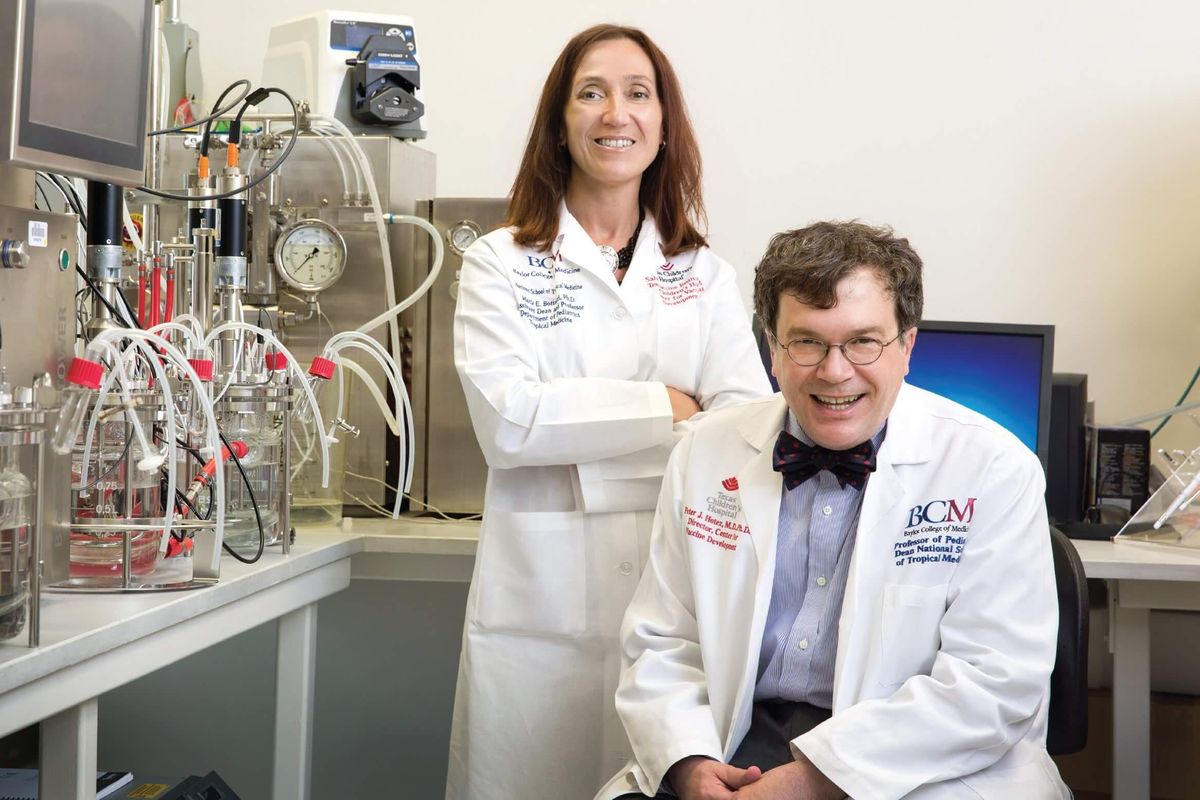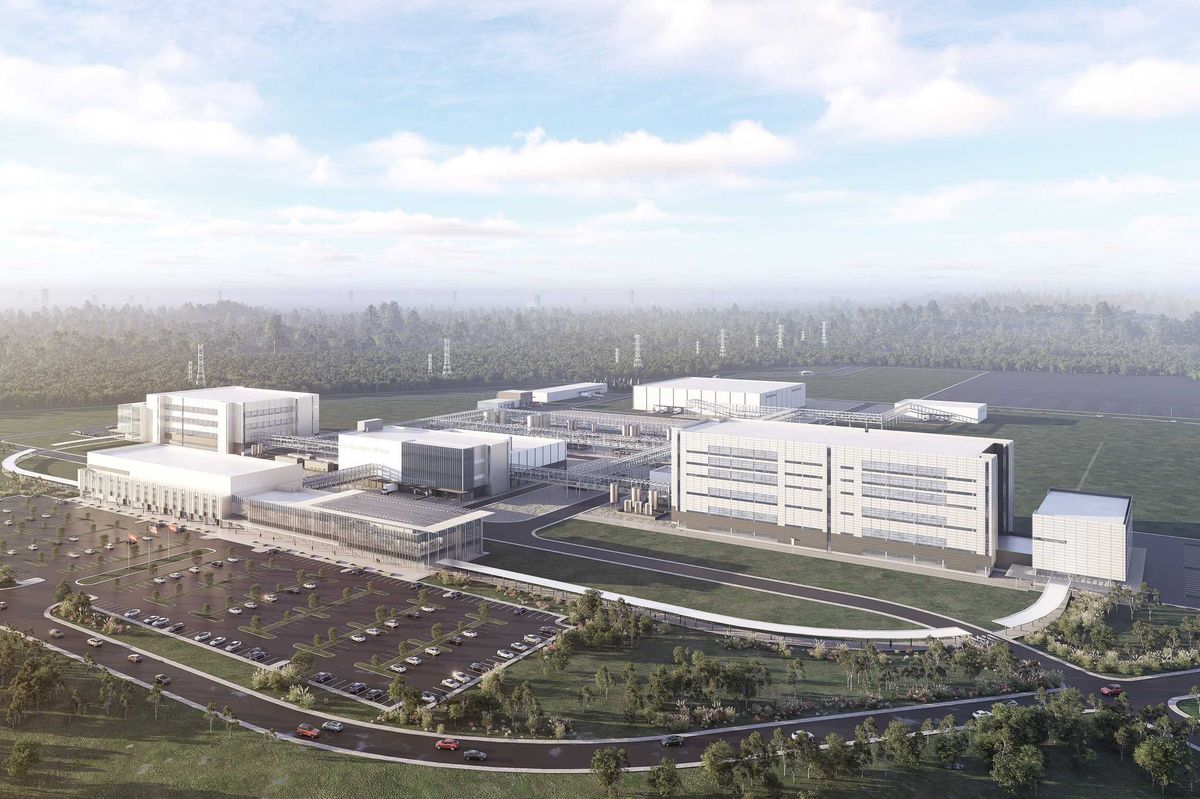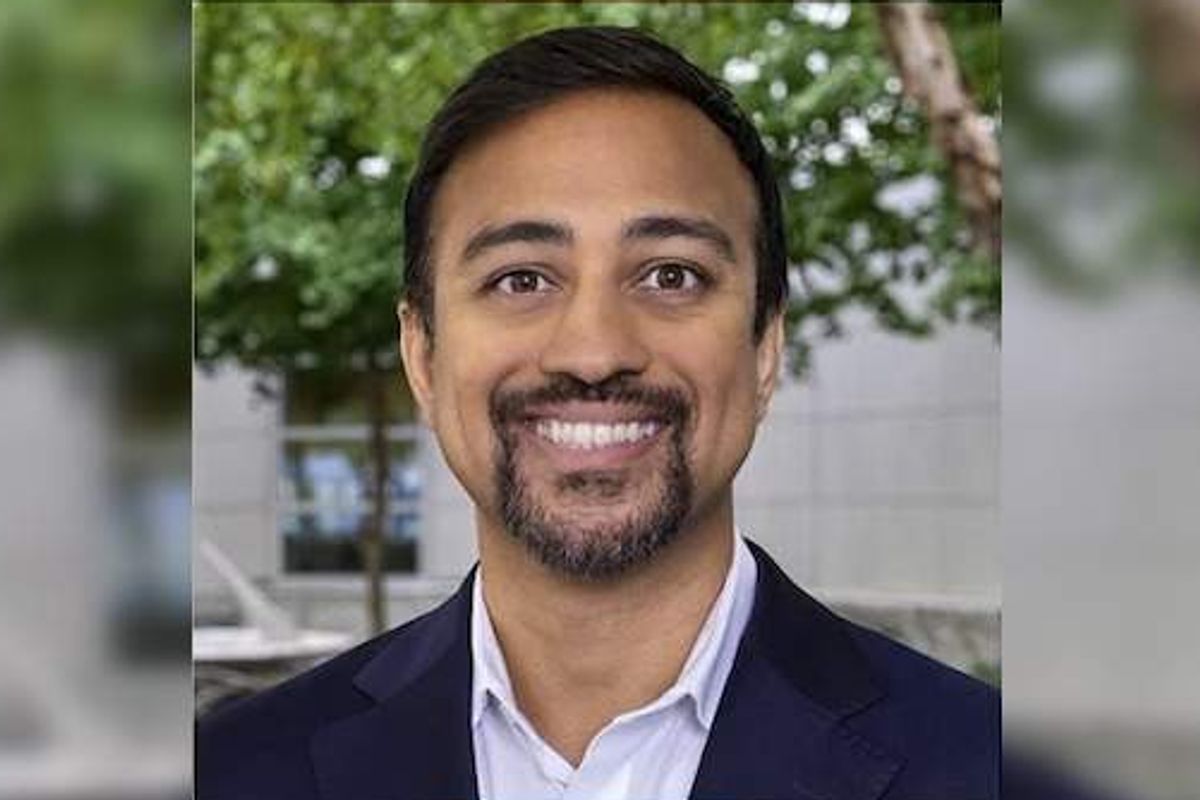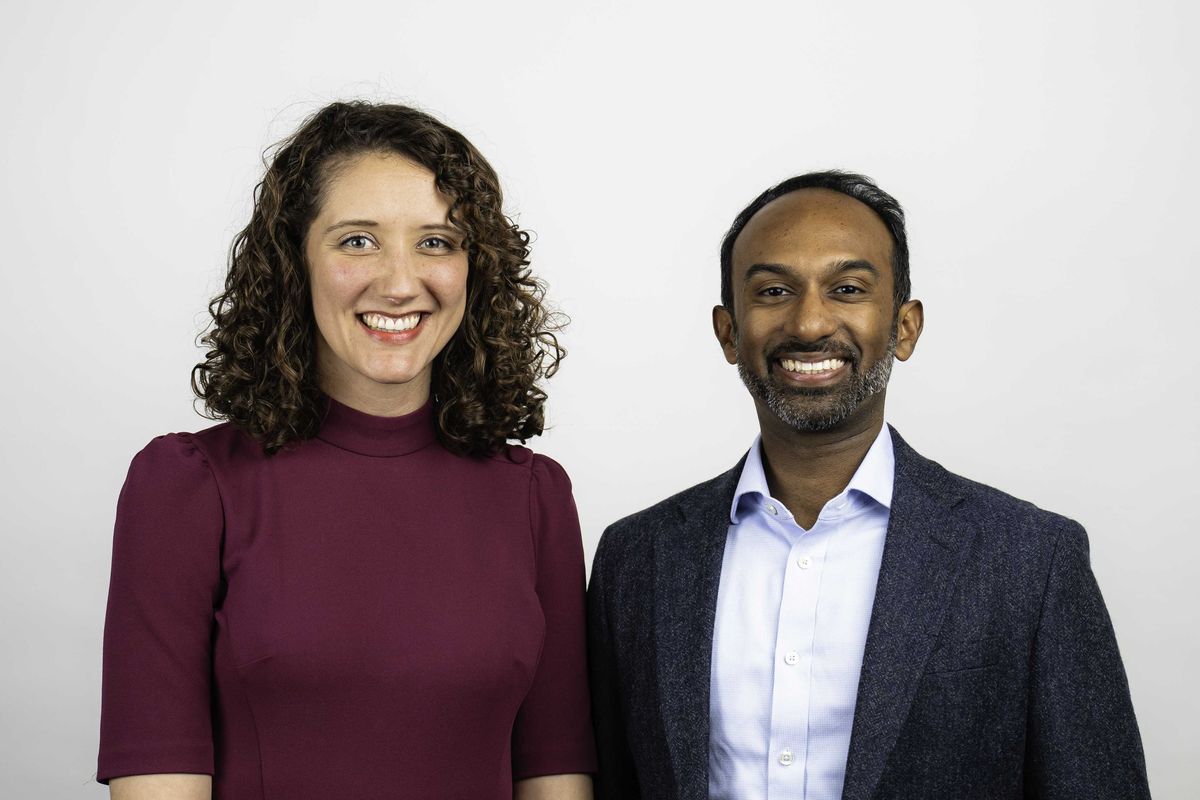Exclusive: Houston blockchain startup closes $4M series B round led by new investor
money moves
An industrial blockchain-as-a-service startup based in Houston has closed a series B funding round thanks to support from both new and returning investors.
Data Gumbo Corp., which uses its blockchain network GumboNet to optimize smart contracts for oil and gas supply chains, announced its first close in its $4 million series B funding round that was led by new investor L37, which has operations in the Bay Area and in Houston. The round also saw contribution from returning investors Equinor Ventures and Saudi Aramco Energy Venture.
The funds will go toward growing Data Gumbo's sales team, which has been busy with the company's growth. While providing their own set of challenges and obstacles, both the pandemic and drop in oil prices meant oil and gas companies are prioritizing lean operations — something DataGumbo is able to help with.
"The opportunity in all this is companies have got to cut expenses," Andrew Bruce, CEO and founder, tells InnovationMap. "What's happened to us is our sales have absolutely exploded — in a good way. We have a huge number of leads, and we have to be able to deliver on those leads."
Bruce says leading the sales growth is Bill Arend, who was hired Data Gumbo's chief commercial officer this spring. Data Gumbo also recently announced that Richard Dobbs, 30-year veteran of McKinsey and former director of the McKinsey Global Institute, has joined the board as chairman.
"Dobbs is a recognized strategic industry thinker," Bruce says in a release. "His distinct expertise will lend structure, support and validation to Data Gumbo as we experience aggressive company growth."
Of course, fundraising in this unprecedented time, isn't easy. Bruce says he and his team were able to succeed thanks to a new investor, L37, which came from an introduction within Bruce's network.
"Data Gumbo is the category leader for industrial smart contracts, which is an inevitable next step in digital transformation of the oil and gas industry," says Kemal Farid, a partner in L37, in a statement. "There is a lack of transparency, visibility and accuracy between counterparts of contracts that increases the costs of doing business and this has been greatly exacerbated by the current business landscape. We look forward to applying our experience to propel the company along its journey to bring transactional certainty and cost efficiency to commercial relationships."
Additionally, Bruce says he's very proud of his company's return investors, who are also clients of DataGumbo.
"[We also have] the continuous support by our original investors — Aramco and Equinor — they invested in us not just once but twice," Bruce says. "They have been tremendously supportive, not just from an investor perspective, but also proving the value. We've got multiple projects starting with both of those companies."
Bruce says he already has eyes for another venture capital round — perhaps sometime next year — for Data Gumbo, which has raised $14.8 million to date. However, the company isn't far from profitability and growth from that avenue too.
"We're going to have the luxury of choice," Bruce says. "We want to grow as aggressively as possible so we are probably going to go the venture capital route."
GumboNet: Smart Contacts Made Simplewww.youtube.com




















